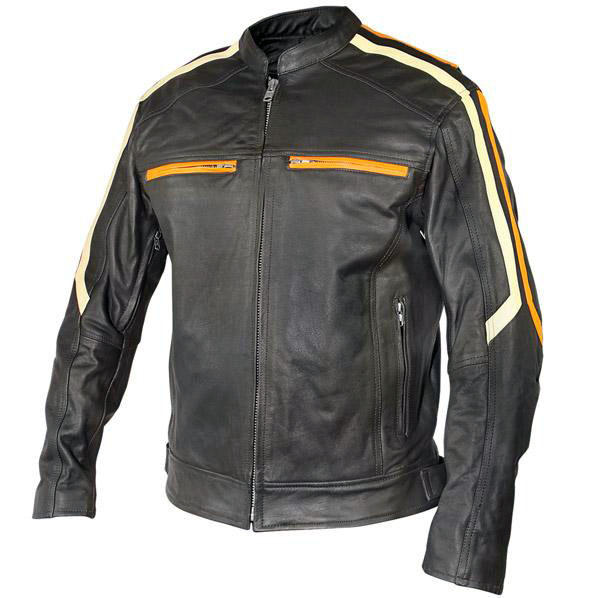This one went into my edu-blog too, but it’s as much about motorbiking as it is about learning…
An editorial piece I read in Bike Magazine a while back has stayed with me. In it the author (a veteran motorcycle trainer) was describing how a rider’s emotional response to high stress situations limits their ability to learn from them. It struck me because I still catch myself falling into both of the archetypal mind traps he describes. I now struggle to get beyond them and adopt the clinical approach of a master learner that he suggests.
In a high-stakes, emotional environment like riding you can’t be throwing tantrums or assigning blame (though many do), you need to be calm and aware in order to both assess a situation as it’s happening and accurately recall and learn from it later. Emotion is a natural response to high stress situations, but it often gets in the way of attaining mastery.
The author of the piece suggests that people fall into archetypal behaviors when they are stressed and emotional. These behaviours prevent you from making coherent decisions in the moment as well as preventing progress by hiding memory details behind ego and emotion. The two archetypes we fall back into are child and parent. Since we’re all familiar with these roles it only makes sense that we’d revert to them when we are under pressure.
The child throws tantrums and reacts selfishly, aggressively and emotionally. People falling into this mind-set shout and cry at the circumstances and focus on blaming others. The child is emotional and blind to just about everything around them except the perceived slight. This approach tends to be dangerously over-reactive. Have you ever seen a student blow up in an asymmetrical way over a minor issue? They have fallen into the child archetype emotional trap.
The parent mind-set seems like an improvement but it is just as effective at blocking learning. The parent shakes their head disapprovingly and focuses on passing judgement. You’ll see someone in this mind-set tutting and rolling their eyes at people. The parent is focused on passing judgement loudly and publicly. You can probably see how easy it is for teachers to fall into this one.
The child is selfish, emotional and immediate. The parent wraps themselves in a false sense of superiority that makes the user feel empowered when they might otherwise feel helpless. Both archetypes attempt to mitigate frustration and ineffectiveness behind emotion and ego.
I’ve seen students stressed out by exams or other high-stakes learning situations fall into these traps but it took that motorbike instructor to clarify how students can lose their ability to internalize learning by falling into these archetypes. He describes riders who shout and yell at someone cutting them off. They are responding to their own poor judgement and lack of attention with the emotional outburst. Suddenly finding themselves in danger, they lash out emotionally in order to cover up their own inadequacies.
The parent adopts that judgmental stance. Last summer I had a senior student who rides a motorcycle get involved in an accident. He had bad road rash and was bruised all over. He went with the parent approach. The woman who hit him was panicked and frightened because she hadn’t seen him. Her own mother had been hurt in a similar motorcycle accident and she felt a lot of guilt over being the cause of this one. The student said ‘she came out of no-where’. I said, ‘that’s odd, cars weight thousands of pounds. I’ve never seen one appear out of nowhere before.’ Rather than review his own actions and perhaps learn to develop better 360° awareness, the student was happy to piggy-back on the driver’s emotional response and pass judgement. He never felt any responsibility for that accident and still believes that cars can come out of nowhere.
I enjoy riding because it is a difficult, dangerous craft that it is very important to do well. In pressurized learning situations you need an alert, open mind. I’ve never once seen this the focus of consideration in school (except perhaps in extracurricular sports). What we do instead is try and remove any pressure and cater to emotionality rather than teaching students to master it.
Other Links:
Comparing Teacher PD to Motorcycle Training
Training Fear and Ignorance out of Bikecraft
Archetypal Pedagogy







.jpg)















